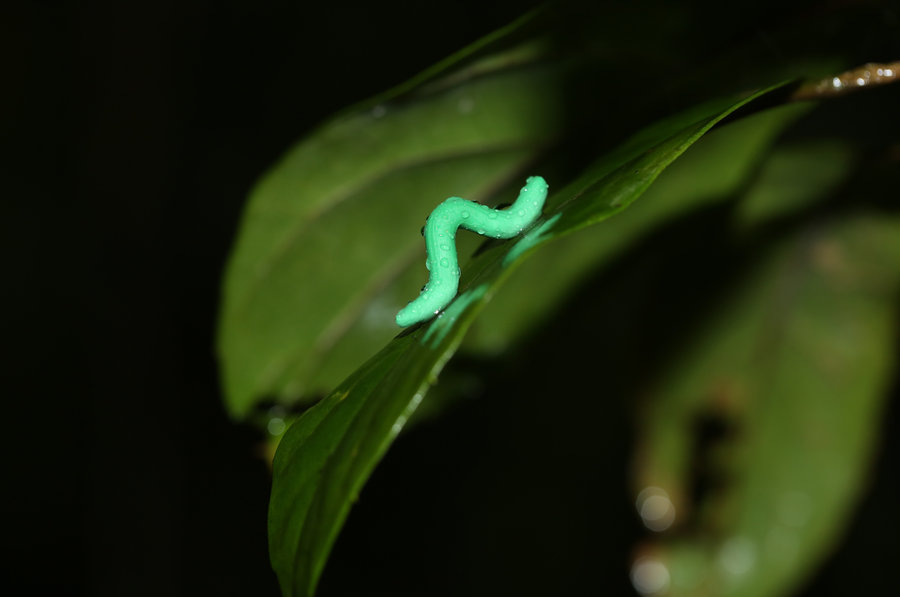 The world is filled with many diverse environments, each unique with its own ecosystem of living organisms.
The world is filled with many diverse environments, each unique with its own ecosystem of living organisms.
From the lush green rainforests to the hot deserts, from the colorful deciduous forests to the white barren tundra -- the plants, animals, and non-living things that comprise the ecosystem form a complex relationship and interact with each other.
This relationship varies depending on the conditions of the environment like temperature, sunlight, water, the fertility of the soil, etc.
There is a lot more biodiversity (or more life) in a rainforest when compared to a tundra, but here’s a question: does the biodiversity of an area affect the likelihood of prey being eaten? In other words, does a prey have the same chance of being consumed in both environments?
A group of scientists conducted an experiment where they glued plastic caterpillars in natural habitats around the world. What did they find out?
What is Predation Risk?
 Predation risk is the chance of being preyed upon or the chance of prey being caught and consumed by predators.
Predation risk is the chance of being preyed upon or the chance of prey being caught and consumed by predators.
Predation risk plays an important role in how organisms, specifically prey, adapt and behave in order to survive. For example, a white-furred rabbit is more likely to be seen when against a green/brown environment, so its predation risk is pretty high. On the contrary, the same white-furred rabbit is not as likely to be seen in the snow, lowering its predation risk.
Predation risk comes into play, especially when foraging for food. Herbivores might want to find the best places for food in abundance -- it’s their best chance of survival, right? But, their respective predators might know that as well. If a predator knows that its prey will arrive at the food source, the predation risk increases -- the prey are now more likely to be caught by the predators.
The Study Results
Back to the study, scientists glued fake caterpillars made of plasticine onto leaves and other surfaces around the habitat. When animals came to eat it, they left marks that told the scientists what came by.
Teeth marks meant a mammal tried to eat it, wedge-shaped marks meant a bird came by, and small piercings meant insects or arthropods tried to eat the fake caterpillar. By doing this test all over the globe, scientists tracked down the predation rates in the habitats.
So what was the result? The caterpillars were eight times more likely to be eaten in habitats along the Equator than in habitats at the poles. In other words, caterpillars in a rainforest are more likely to be eaten! But why? The habitats closer to the Equator house a lot more organisms, especially those belonging to the insect and arthropod family-- the biggest predator of these caterpillars.
Polar regions have fewer small predators, and birds and mammals are not as likely to catch the caterpillars -- and hence they found less predation risk. Scientists are now planning to do similar studies next, but with plants that prey consume!







